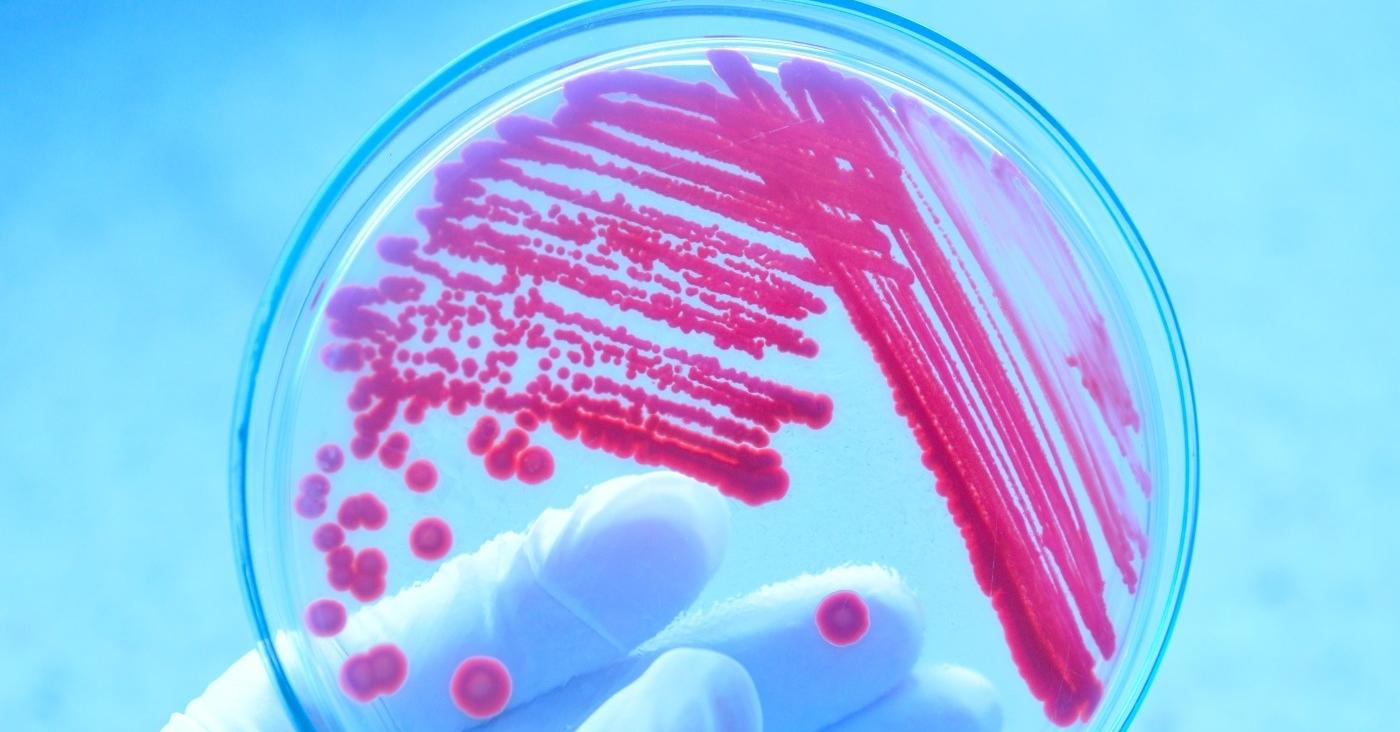Are you curious to know what is sterility test? You have come to the right place as I am going to tell you everything about sterility test in a very simple explanation. Without further discussion let’s begin to know what is sterility test?
In the world of pharmaceuticals and healthcare, sterility testing plays a critical role in ensuring the safety and efficacy of medical products. This essential process involves examining products for the presence of microorganisms, which can potentially cause infections or adverse reactions in patients. In this blog, we will explore what sterility testing is, its significance in the pharmaceutical and healthcare industries, and the methods used to carry out this vital quality control procedure.
What Is Sterility Test?
Sterility testing is a fundamental component of quality control in the pharmaceutical and healthcare sectors. The presence of microorganisms in medical products, including drugs, vaccines, surgical instruments, and medical devices, poses a significant risk to patient safety. Contaminated products can lead to infections, adverse reactions, and even life-threatening complications. To mitigate these risks, strict protocols and procedures are in place to ensure that medical products are free from harmful microorganisms.
Key Aspects of Sterility Testing:
- Identification of Microorganisms: The primary goal of sterility testing is to identify the presence of microorganisms, such as bacteria, fungi, and viruses, in pharmaceutical and healthcare products.
- Prevention of Infections: By confirming the absence of harmful microorganisms, sterility testing helps prevent infections and complications that could result from using contaminated medical products.
- Compliance with Regulatory Standards: Sterility testing is mandated by regulatory authorities, such as the United States Food and Drug Administration (FDA) and the European Medicines Agency (EMA), to ensure the safety and efficacy of pharmaceutical and healthcare products.
- Batch Release: Before a batch of medical products can be released for distribution, it must undergo sterility testing to ensure compliance with safety standards.
Sterility Testing Methods
Sterility testing is a meticulous process that involves taking samples from a batch of medical products and subjecting them to testing. There are several methods used for sterility testing, including:
- Membrane Filtration: This method involves passing the sample through a membrane filter with a pore size small enough to trap microorganisms. The filter is then placed on an appropriate growth medium, and any growth of microorganisms is observed.
- Direct Inoculation: In this method, the product sample is directly inoculated into a suitable growth medium and incubated under controlled conditions to observe any microbial growth.
- Container Closure Integrity Testing: This method is commonly used for medical devices and parenteral drug products. It evaluates the integrity of the product’s packaging to prevent microbial ingress.
- Bioburden Testing: Before the actual sterility test, a bioburden test is conducted to determine the number of microorganisms present in the product. This information helps in selecting appropriate test parameters.
The Sterility Testing Process
The sterility testing process involves several steps:
- Sample Collection: A representative sample from a batch of medical products is collected using aseptic techniques to avoid contamination during the sampling process.
- Sample Preparation: The sample is processed and diluted as necessary to allow for microbial growth to be detected.
- Incubation: The prepared samples are incubated at appropriate conditions that support the growth of microorganisms for a specified period.
- Microbial Enumeration: After incubation, the samples are examined for microbial growth, and the number and types of microorganisms are recorded.
- Interpretation: The results are interpreted, and if no microbial growth is observed, the sample is considered sterile. Any growth is carefully analyzed.
Conclusion
Sterility testing is a critical quality control process in the pharmaceutical and healthcare industries. It serves as a safeguard to ensure that medical products are free from harmful microorganisms, protecting patients from infections and complications. Compliance with regulatory standards and the meticulous execution of sterility testing are essential for maintaining the safety and efficacy of pharmaceuticals, vaccines, surgical instruments, and medical devices. This crucial testing process underscores the commitment of the healthcare and pharmaceutical industries to providing safe and effective products to patients worldwide.
FAQ
What Are The Two Types Of Sterility Tests?
What test methods are used for sterility testing? The USP and EP sterility tests specify two basic methods for performing sterility tests; direct transfer (also known as direct inoculation) and membrane filtration methods. In some cases, the membrane filtration method may be the only choice for sterility testing.
Why Is Sterility Test Done?
Fertility testing can be used to detect ovulation and/or to diagnose infertility, an inability to reproduce by natural means. This term is defined as not getting pregnant after one year of sex without contraception. Infertility is often due to a problem with one or more steps in the process of becoming pregnant.
What Are The Methods Of Conducting Sterility Test?
Tests for sterility are carried out by the method of Membrane Filtration, by the method of Direct Transfer or by Addition of Concentrated Medium to the product.
What Is Sterility Test Media?
Soybean-Casein Digest Medium (Trypticase Soy Broth, TSB) is a sterility testing media suitable for the detection of aerobic bacteria and fungi. The composition and growth performance of this medium comply with the USP, EP, and JP standards. It is also used as pre-enrichment broth for non-sterile products.
I Have Covered All The Following Queries And Topics In The Above Article
What Is Sterility Test In Microbiology
What Is The Sterility Test
What Is A Sterility Test
What Is Sterility Test
What are the two types of sterility tests
What is sterility test media
